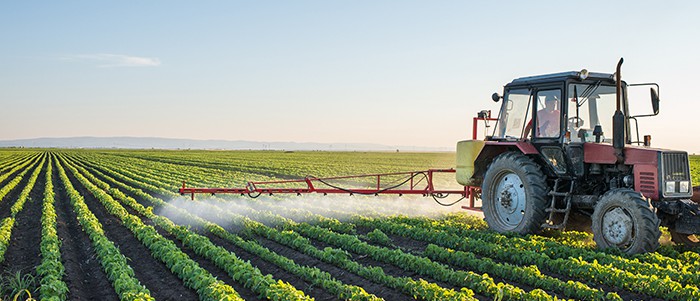You may have noticed shorter and milder Canadian winters in recent years. While this is great news for commuters, it’s a growing concern for Canada’s agriculture industry. Particularly, the Canadian Prairies, which is home to more than 80% of Canada’s agricultural land and has already experienced warming at a faster pace than the global average.
To help reduce the environmental impact of climate change, Canada has committed to reducing GHG emissions to 17% below 2005 levels by 2020 and 30% below 2005 levels by 2030. Farmers (particularly in Alberta) are participating in these efforts through reduced tillage and conservation cropping, and by generating renewable biogas energy from manure.
Below, we’ve outlined some of the opportunities and challenges facing farmers as we see continuing changes in climate conditions.
Opportunities for ‘greener’ farming practices
As a high-latitude country, warming is more pronounced in Canada, which results in longer frost-free seasons. Alberta could benefit the most from increased summer and winter precipitation, while Saskatchewan and Manitoba would experience little change or small increases. Warmer temperatures could also mean lower energy costs for farmers, as well as benefit livestock production in the form of lower feed requirements and increased survival rates of the young.
Climate change could improve soil quality by enhancing carbon sequestration through “carbon agriculture”, which includes no-till farming (where you grow things year-to-year without disturbing the soil), cover crops (which help spur microbial activity in the soil), and a grazing technique popularized by biologist Allan Savory called “holistic management”. Changes to land-use through annual crop production, perennial crops and grazing lands, could all contribute to reducing greenhouse gas emissions.
Imminent challenges ahead
Extreme weather events such as floods and droughts are difficult for agricultural systems to adapt to. More frequent extremes also generate more mudslides, snow slides, washouts, tornados and blizzards. These extreme weather events can reduce crop yields by as much as 50% of the average yields during normal or suitable growing conditions. This can impact the selection of crops that farmers may consider planting.
Warmer temperatures also mean warmer summers, which could be problematic for livestock producers who have to deal with heat-wave deaths. Reduced milk production and reproduction are other impacts in the dairy industry, as well as reduced weight gain amongst beef cattle. Higher levels of atmospheric carbon dioxide (CO2) and an increase in the use of pesticides and pathogens in livestock and crops can lead to increased weed growth. The manufacturing, transportation and application of pesticides could contribute to higher energy costs for farmers.
What’s more concerning is that as of April 2015, the Great Lakes have already lost about 30 cm of their navigation depth, putting a strain on vessels and the future availability of water resources.
While there’s a lot of uncertainty surrounding the future of Canada’s agriculture industry, one thing is clear: we are likely to see more extreme weather events, soil erosion and higher average temperatures. Farmers must look at environmentally-friendly farming practices to adapt to the effects of climate change and stay in business.
Are you protected from the risks of climate change?
Related articles:
Sources:
http://www1.agric.gov.ab.ca/$department/deptdocs.nsf/all/cl9706
http://canada2020.ca/climate-change-impacts-on-canadian-agriculture-no-time-for-complacency/







